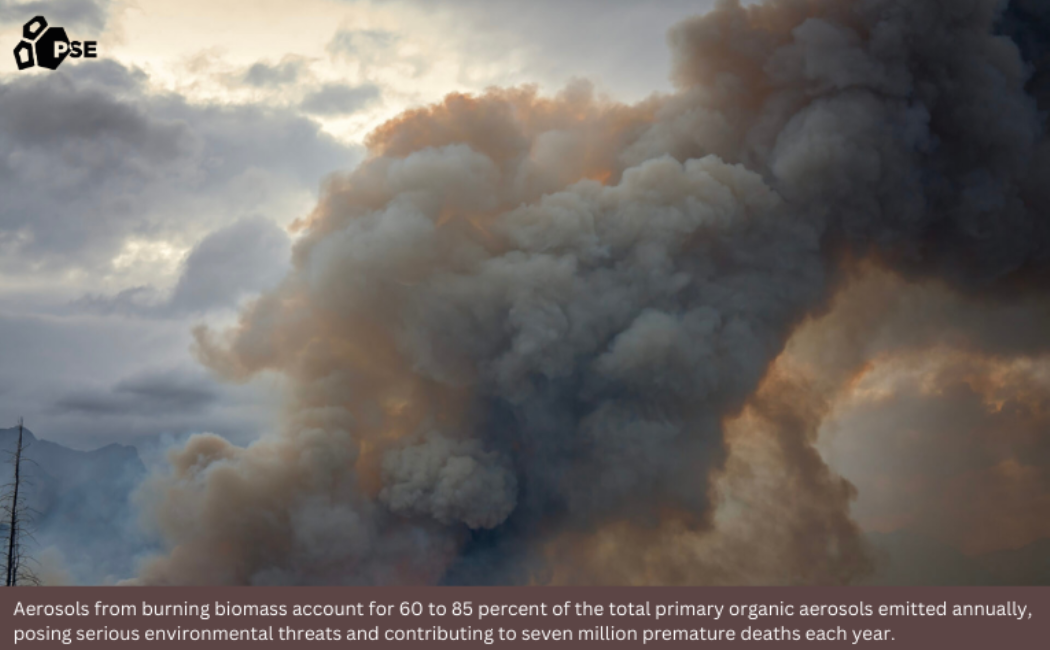
05 February, 2025
A better understanding of how tiny airborne pollutant particles, or aerosols, promotes sulfate formation could help improve management of air quality, a KAUST-led team has shown. The findings could improve models used to predict and reduce secondary pollution.
Aerosols pose serious environmental and health threats, especially in Asia and the Middle East and North Africa region. Primary aerosols are generated by outdoor and household sources, such as power plants, industries, agriculture, automobiles, wildfires, dust storms, cooking activities, and incense burning. Secondary aerosols result from chemical reactions in the atmosphere.
Together, primary and secondary aerosols cause respiratory and cardiovascular disorders that lead to seven million premature deaths annually. Air pollution in Saudi Arabia, with one of the world’s highest aerosol concentrations, has shortened life expectancy by almost 1.5 years.
Aerosols from burning biomass represent 60 to 85 percent of the total primary organic aerosols emitted annually and are likely to increase as wildfires become more frequent and severe with intensifying climate change. They also absorb sunlight and worsen haze, which accelerates the warming of the Earth’s atmosphere.
Sulfate is a major aerosol component that results from the oxidation of sulfur dioxide during haze events. The Middle East emits more than 15 percent of global sulfur dioxide. Conventional air quality models have attributed this reaction to oxidants present in the gas phase, yet fail to explain the elevated sulfate levels observed when haze occurs.
Some molecules in the wildfire smoke absorb light and can transition to long-lived high-energy states called triplet excited states when exposed to light. In a triplet state, the molecules show unique reactivity and can initiate reactions with other compounds.
Inspired by the ability of these brown carbon molecules to form reactive species inside atmospheric particles, a team led by Chak Chan, and post-doc Zhancong Liang, has now proposed that triplet states generated in burning-biomass organic aerosols account for the ‘missing sulfate’.
The researchers assessed the photochemical reactivity of the aerosol particles in the multiphase oxidation of sulfur dioxide. They burned typical biomass to produce particles and then used an aerosol flow reactor to better mimic the reactions of submicron particulates in the atmosphere.
Read more at KAUST Discovery.